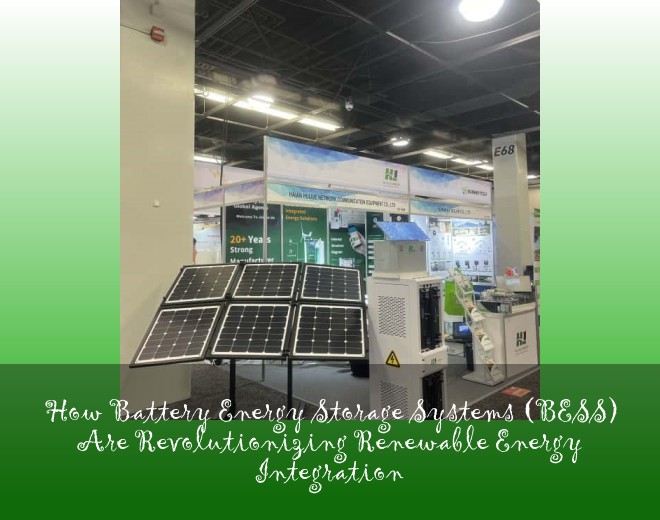
Let's face it—the sun doesn't always shine, and the wind stops blowing when we need power most. This fundamental mismatch between renewable energy generation and consumption patterns creates what industry experts call the intermittency challenge. In California alone, grid operators reported 154 hours of renewable energy curtailment in 2023, essentially throwing away enough clean power to light u

We've all seen those stunning solar farms and wind turbines spinning like modern-day windmills. But here's the million-dollar question: How do we store this energy effectively when the sun isn't shining or the wind stops blowing? Enter Battery Energy Storage Systems (BESS) - the unsung heroes keeping your lights on during cloudy days.
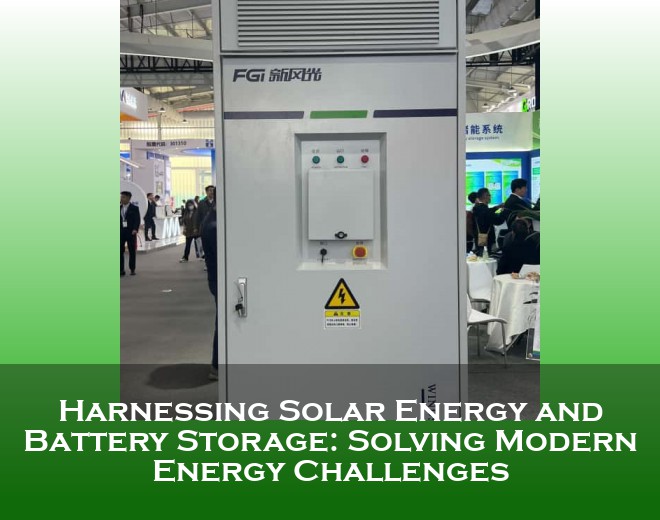
our energy systems are broken. While the world added 295 GW of new solar capacity in 2023 alone , 675 million people still lack reliable electricity access. The solution isn't just generating more power, but storing it smarter. Solar energy production grew 24% in EU countries last year, but without adequate storage, we're literally letting sunlight go to waste.
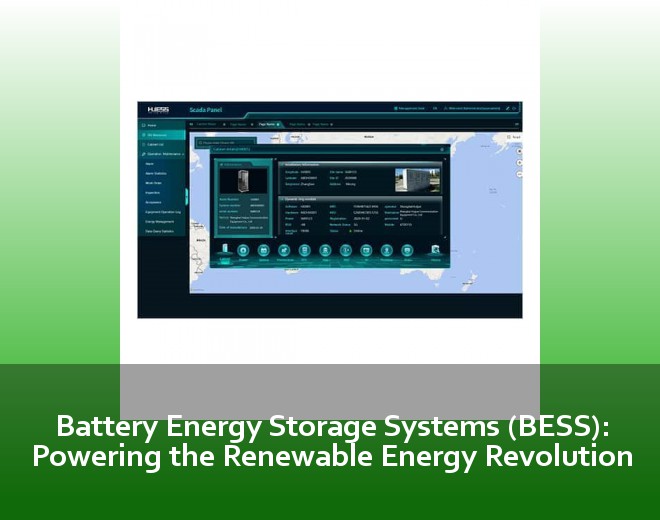
Ever wondered why your solar panels stop working during blackouts? Battery Energy Storage Systems (BESS) hold the answer. With global renewable energy capacity growing 15% annually since 2020, the real challenge isn't generation—it's storing that clean power when the sun sets or winds die. Traditional grids lose up to 30% of renewable energy due to mismatched supply and demand cycles.
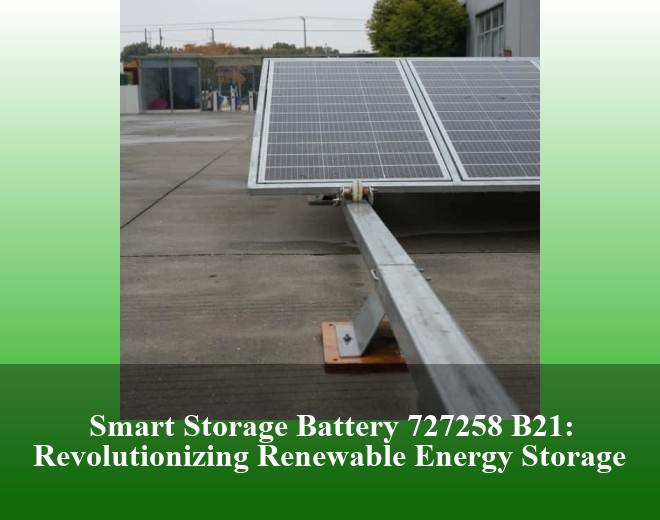
You know what keeps renewable energy experts awake at 3 AM? Mountains of solar panels generating excess power with nowhere to store it. The global renewable energy sector added 510 gigawatts of capacity last year alone, but here's the kicker - nearly 18% of that potential gets wasted due to inadequate storage solutions.
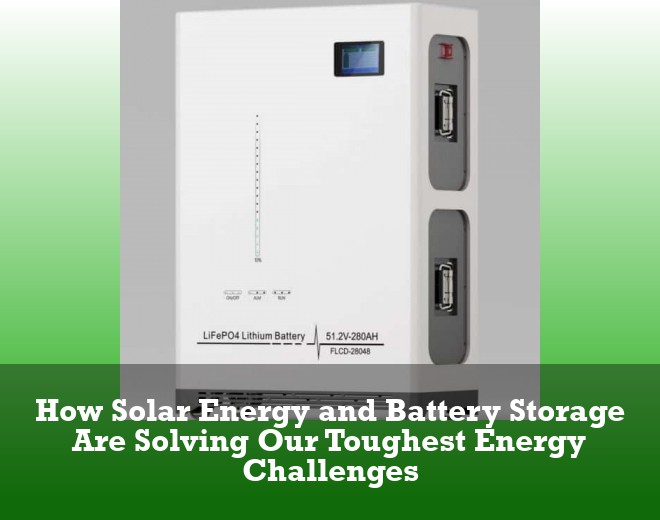
Let's face it – our current energy model's about as stable as a house of cards in a windstorm. Fossil fuel prices swung wildly last quarter, with natural gas hitting $8.50/MMBtu in February before crashing to $4.20 by March. Meanwhile, extreme weather events knocked out power for 2.3 million U.S. households just last month. Solar energy isn't just an alternative anymore; it's becoming our safety
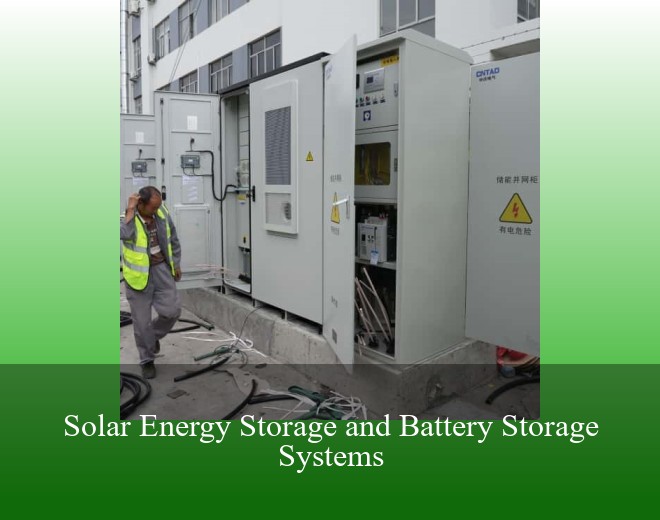
Ever wondered why your solar panels stop working during blackouts? The dirty secret of renewable energy lies in its intermittency. While solar energy storage technologies have advanced dramatically, 42% of commercial solar projects still rely on grid power after sunset.
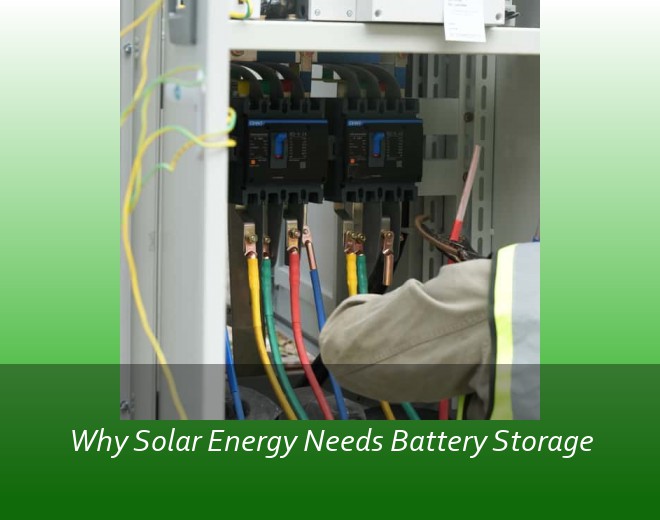
You know how your phone dies right when you need it most? Solar energy faces the same frustrating reality. Despite generating 173,000 terawatt-hours of clean power annually (that's 10,000 times global electricity demand!), sunlight's inconsistency remains renewable energy's Achilles' heel. Last month's Texas grid emergency during an unexpected cloudy spell? That's why we can't just slap panels on
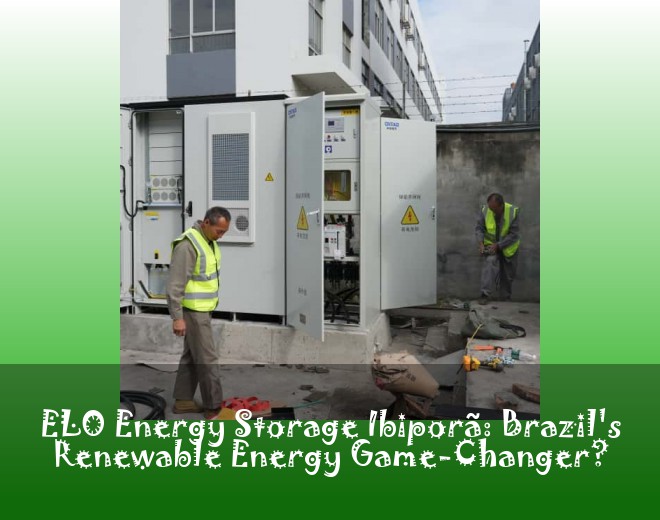
You know, Brazil generates 84% of its electricity from renewables - a world leader in hydropower. But here's the kicker: energy storage capacity remains stuck at less than 2% of total generation. When droughts hit (like the 2021 crisis that spiked electricity prices by 52%), the country literally lights out.
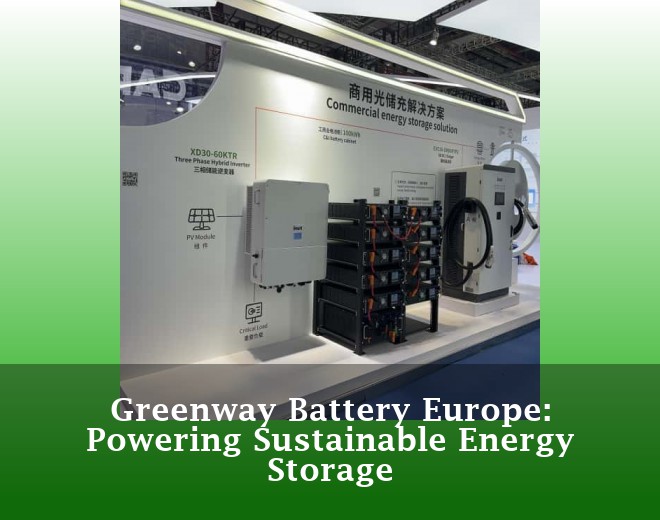
You know how they say Europe's energy transition is like trying to change airplane engines mid-flight? Well, Greenway Battery Europe has become the unexpected hero in this high-stakes drama. With natural gas prices soaring 300% since 2021 and solar panel installations doubling every 3 years, the continent's aging grid infrastructure is literally crying for help.
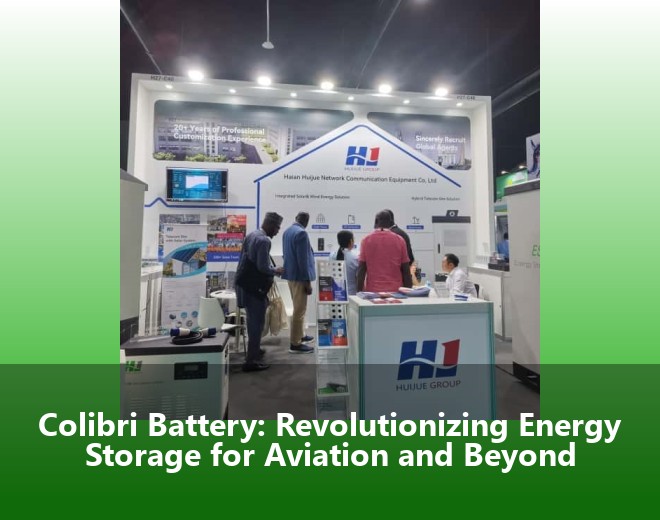
Ever wondered why your airport's baggage tractors suddenly lose power during peak hours? The answer often lies in outdated lead-acid batteries struggling to meet modern demands. Traditional power solutions for aviation ground support equipment (GSE) typically show:
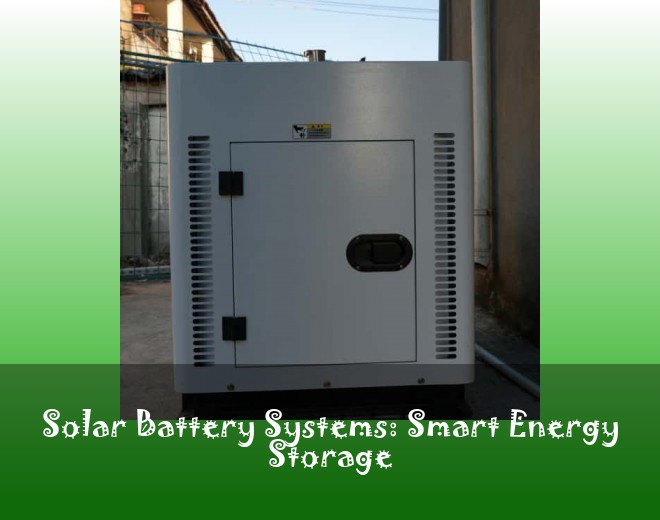
Ever wondered why your neighbor installed those sleek solar panels with bulky boxes last summer? Well, they've probably joined the 43% of U.S. homeowners adopting solar battery systems since 2023. The real kicker? Traditional grid electricity prices jumped 18% last quarter alone, making energy independence more than just an eco-friendly choice.

Last winter's Texas blackout left 4.5 million homes freezing – a brutal reminder that our energy storage infrastructure isn't keeping pace with renewable adoption. Solar and wind now account for 20% of U.S. electricity generation, but here's the kicker: We're throwing away enough clean energy annually to power 10 million homes. Why? Because we can't store it properly when the sun's blazing or wi
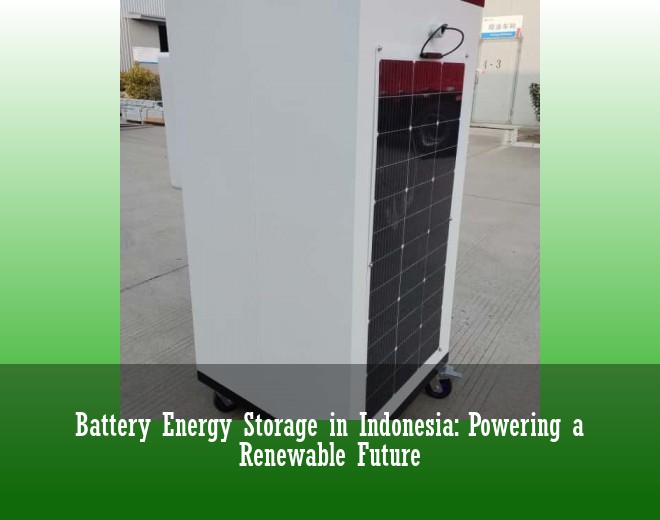
A fishing village in Sulawesi loses power three times weekly during monsoon season. Meanwhile, solar panels in Java sit idle at noon because the grid can't handle excess energy. This energy paradox defines Indonesia's current crossroads.
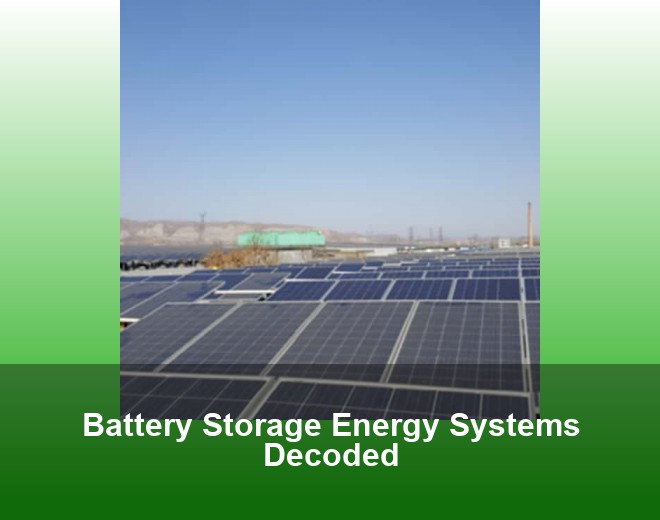
battery storage systems have quietly become the rockstars of renewable energy. While everyone's been obsessing over solar panels and wind turbines, these unassuming boxes are solving the Achilles' heel of clean power: "What happens when the sun isn't shining or wind isn't blowing?"

You know how everyone’s talking about grid energy storage companies these days? Well, here’s the thing: as renewable energy adoption skyrockets, we’re facing a storage crisis. Solar panels don’t work at night. Wind turbines stall on calm days. That’s where battery storage systems come in – they’re the missing puzzle piece for reliable clean energy.
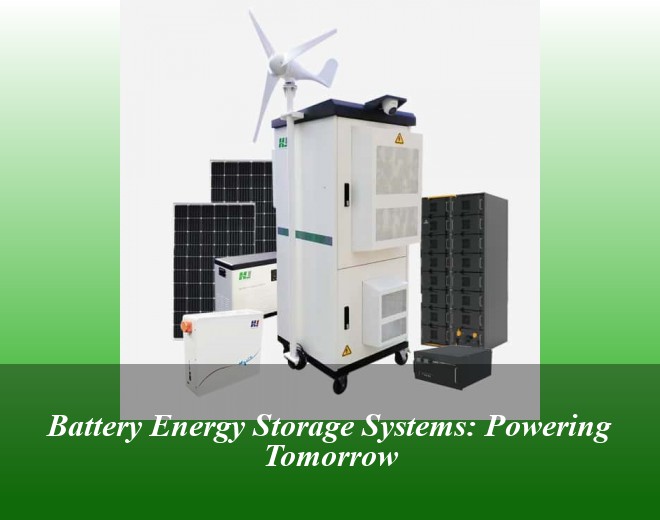
our power grids are creaking like an overloaded carnival ride. With 63% of utilities reporting increased blackouts since 2022 , something's gotta give. Enter BESS, the unsung hero keeping lights on during heatwaves and polar vortexes alike.
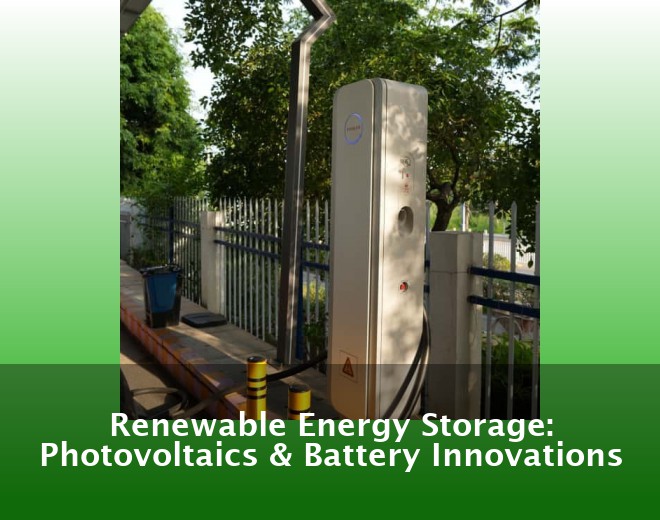
Why can't we just slap more solar panels everywhere and call it a day? Well, the intermittency problem haunts renewable energy systems like a persistent shadow. Solar farms generate peak power at noon but face 100% output drops during nighttime - you know, when people actually need lights and Netflix.
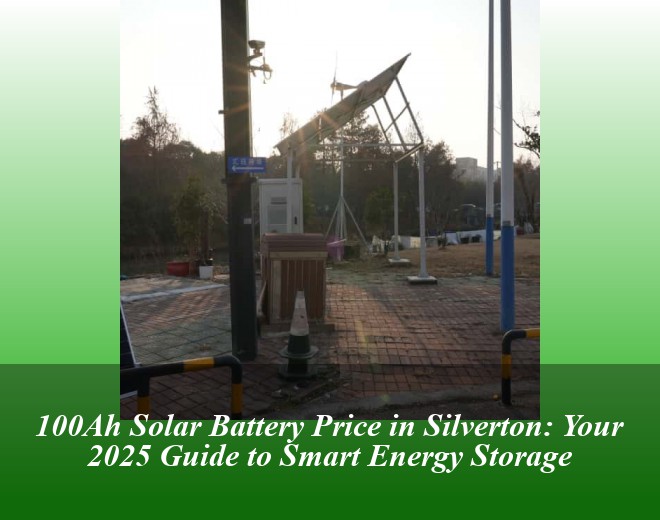
You know what's keeping Silverton homeowners awake at night? The frustrating gap between their solar panels' daytime energy production and evening power needs. Enter the 100Ah solar battery – the Goldilocks solution for residential energy storage. These units store enough power to run essential appliances for 8-12 hours, perfect for Silverton's frequent grid fluctuations.

You’ve probably heard neighbors complain about blackouts ruining their frozen food or forcing work-from-home shutdowns. But here’s what nobody tells you: partial power failures cause 73% more appliance damage than complete outages according to 2024 grid reliability studies. Modern homes aren’t just losing electricity – they’re hemorrhaging money through:
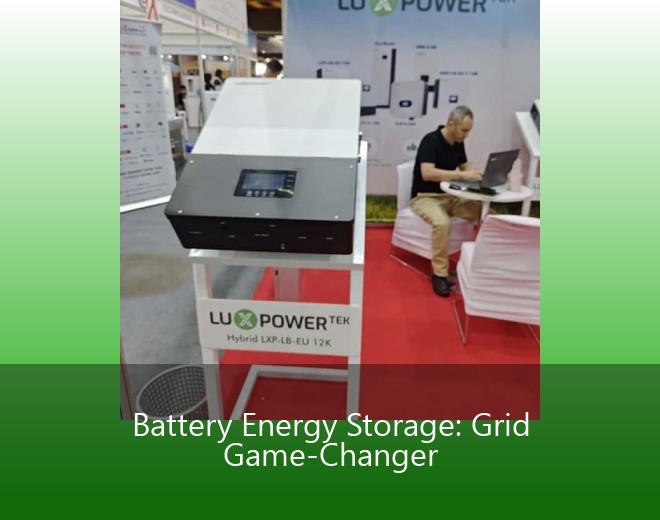
Ever wondered why sun-drenched deserts don't power our nights or why windy plains can't keep factories running 24/7? The answer lies in energy storage - the missing link in our clean energy transition. While solar and wind installations grew 240% globally since 2015, grid stability issues increased 78% according to 2023 grid operator reports.



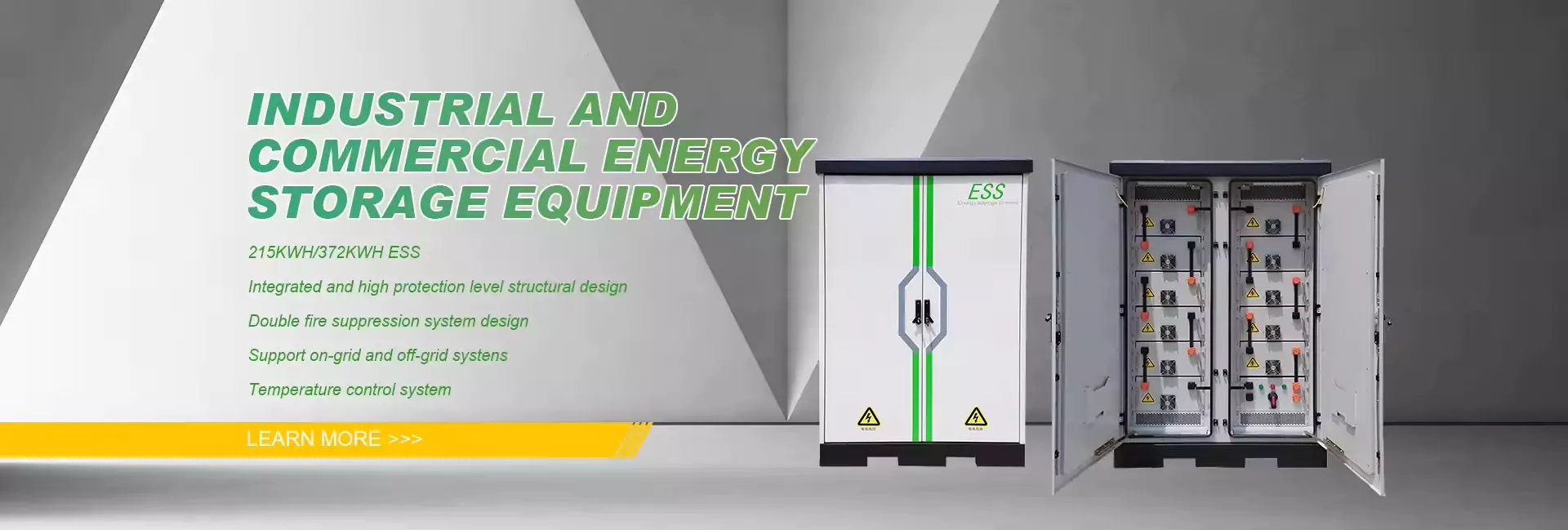
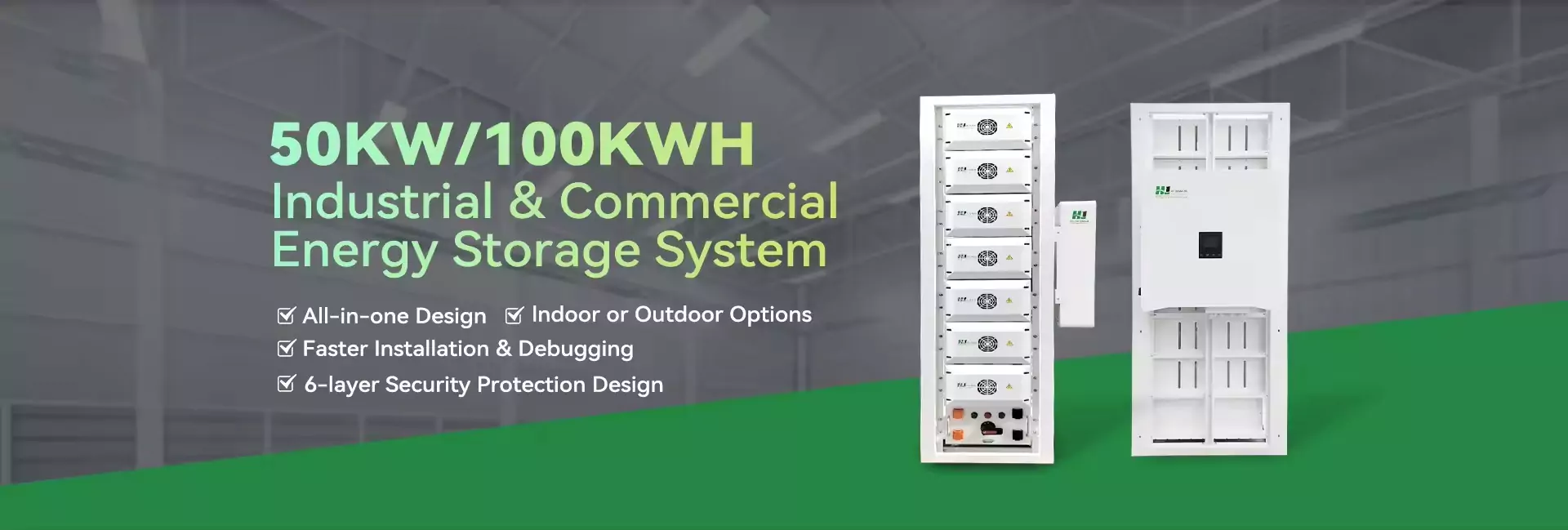
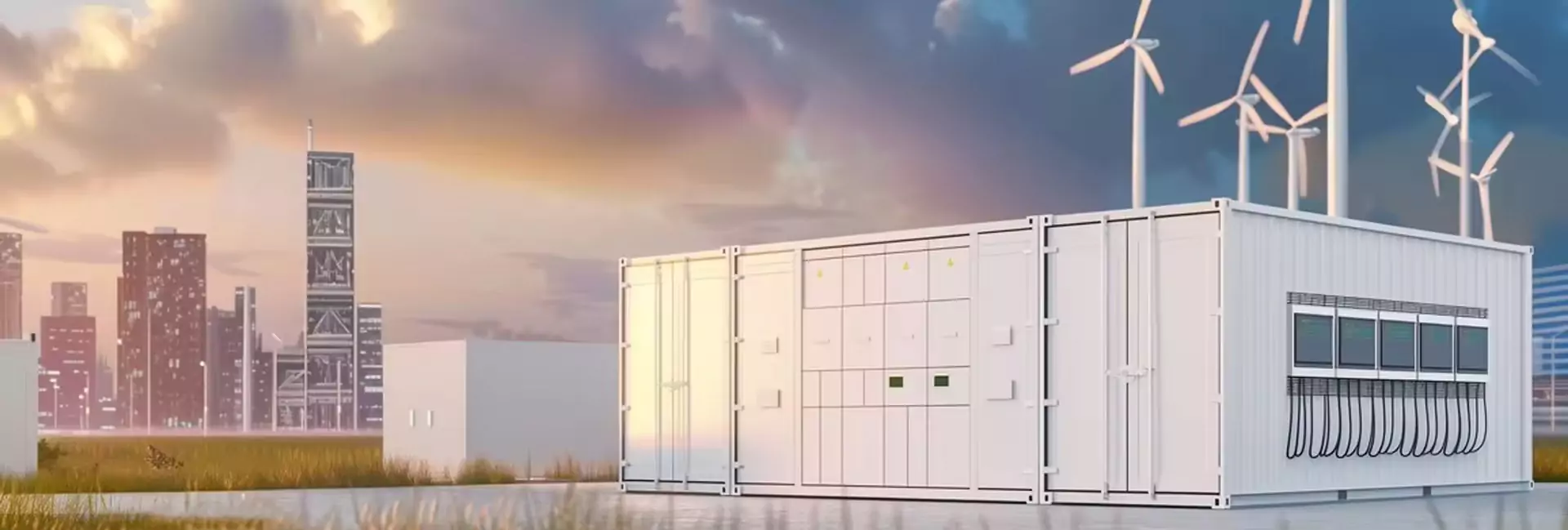

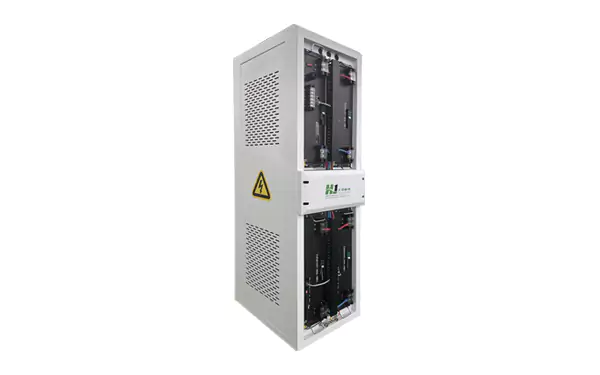
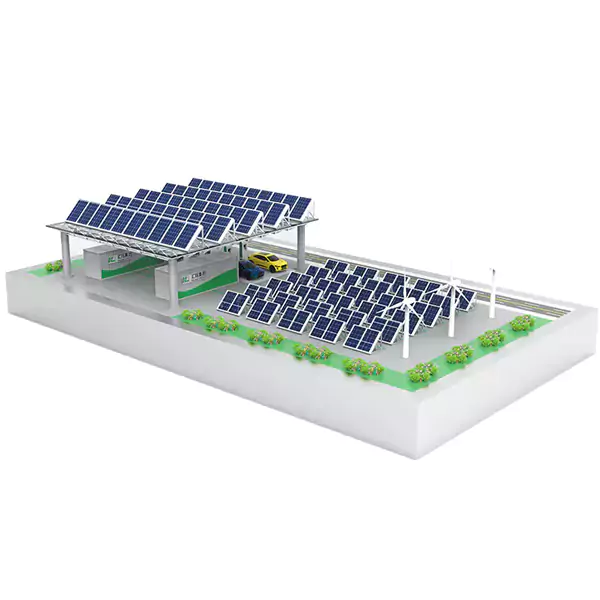

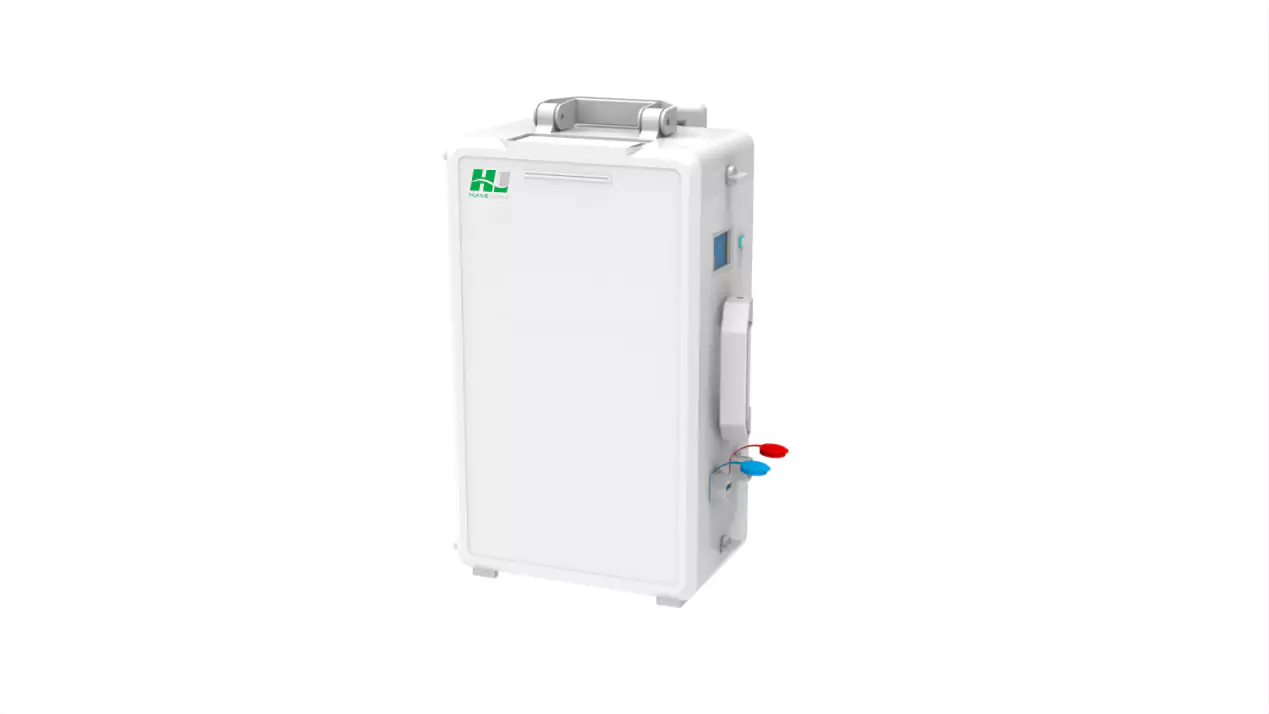


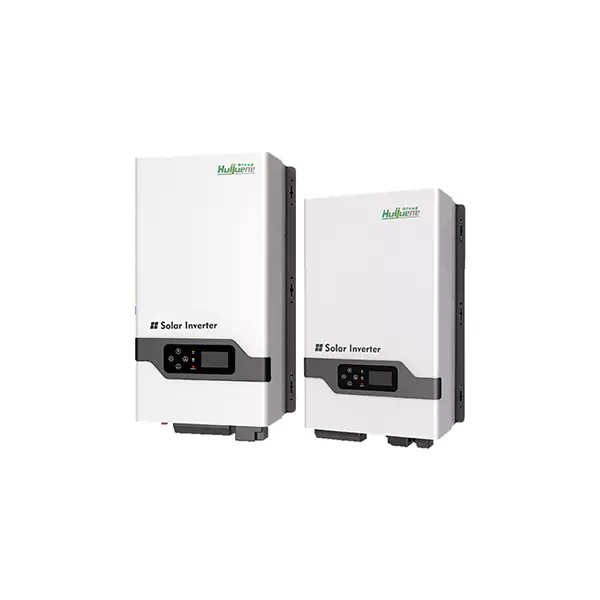
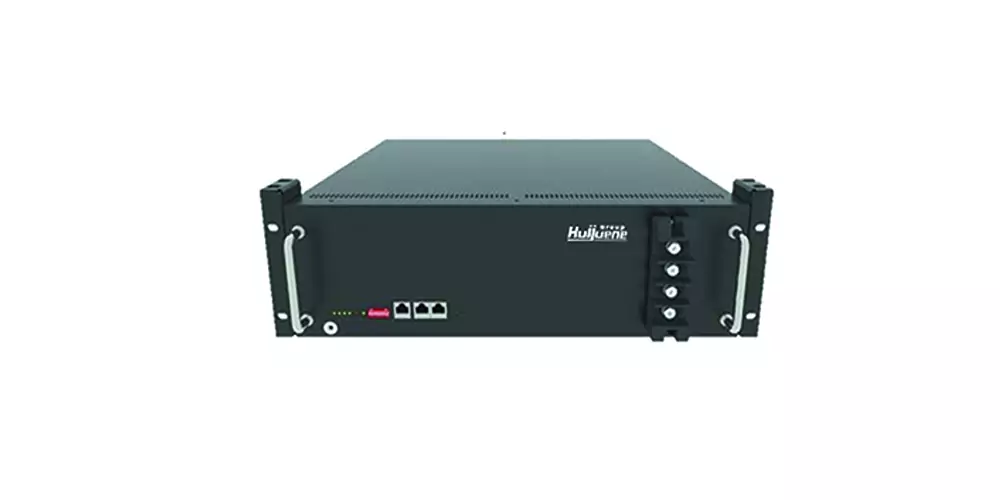


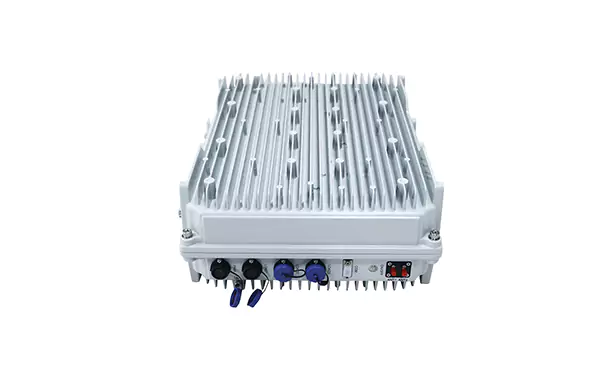

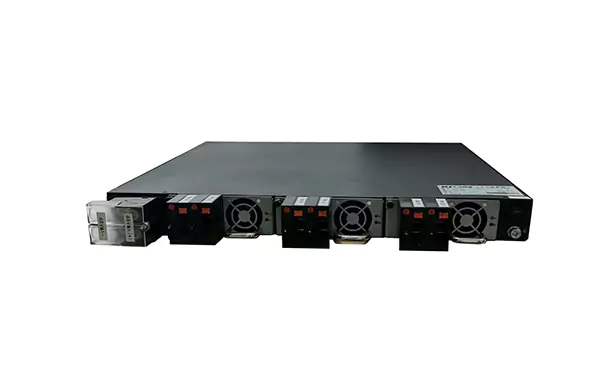
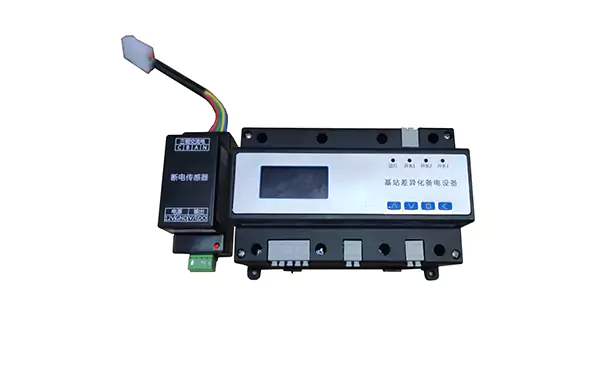




















 Inquiry
Inquiry Online Chat
Online Chat